It can be quite the cliché to mention the cultural diversity in a country as large as India, but sometimes, the obvious deserves repeating, especially when it can be supplemented with photographs of beautiful shop signs and house nameplates. In order to demonstrate this, I invite you to join me in Goa, the smallest of India’s twenty-nine states, well-known for its beaches, parties and electronic music festivals.
Unlike the majority of the country, the state of Goa wasn’t a colony of the British. The Portuguese arrived here in the early 1500s and Goa remained under their control till 1961 when it was annexed by India after military action. Interestingly, it was 1556 in Goa that the first printing press from the West arrived in India. Over 450 years of Portuguese rule has left its mark here and it is easy to spot in the architecture and lettering, especially in neighbourhoods like Fontainhas, an old Latin Quarter in the state capital Panjim.
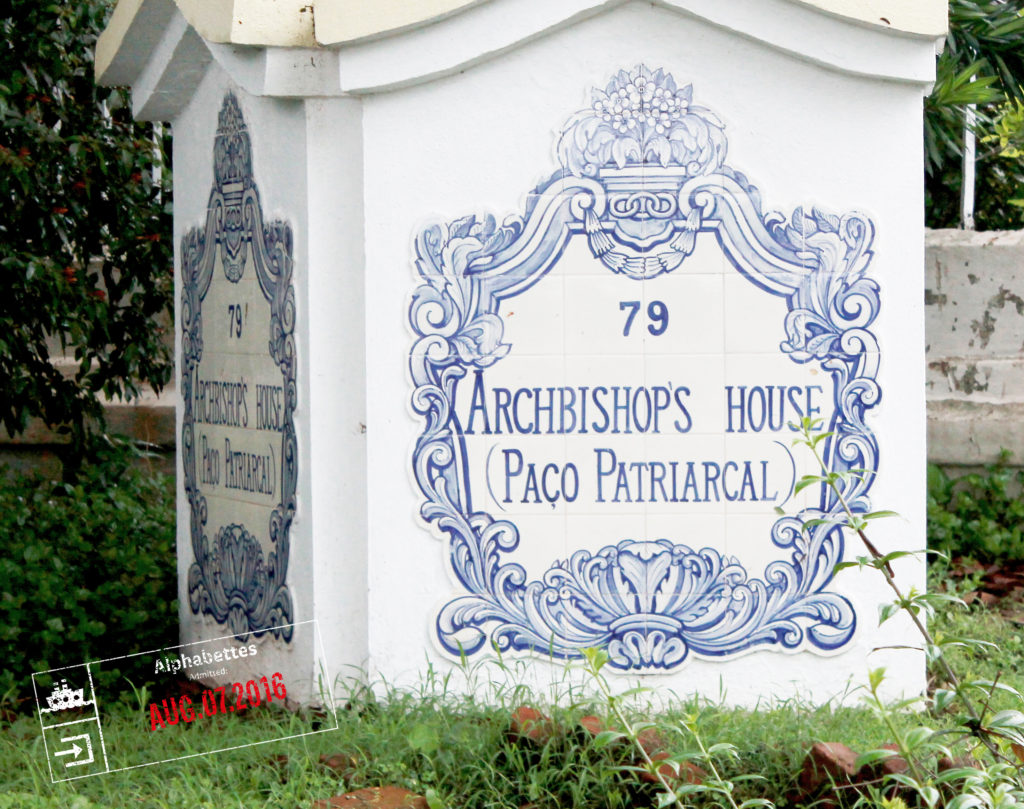
In his book The Age of Kali: Indian Travels and Encounters, William Dalrymple described Fontainhas as “… a small chunk of Portugal washed up on the shores of the Indian Ocean…,” and the decorative tile plaques that adorn the outside of many homes, including the Archbishop’s Palace, are a testament to Goa’s Portuguese heritage.
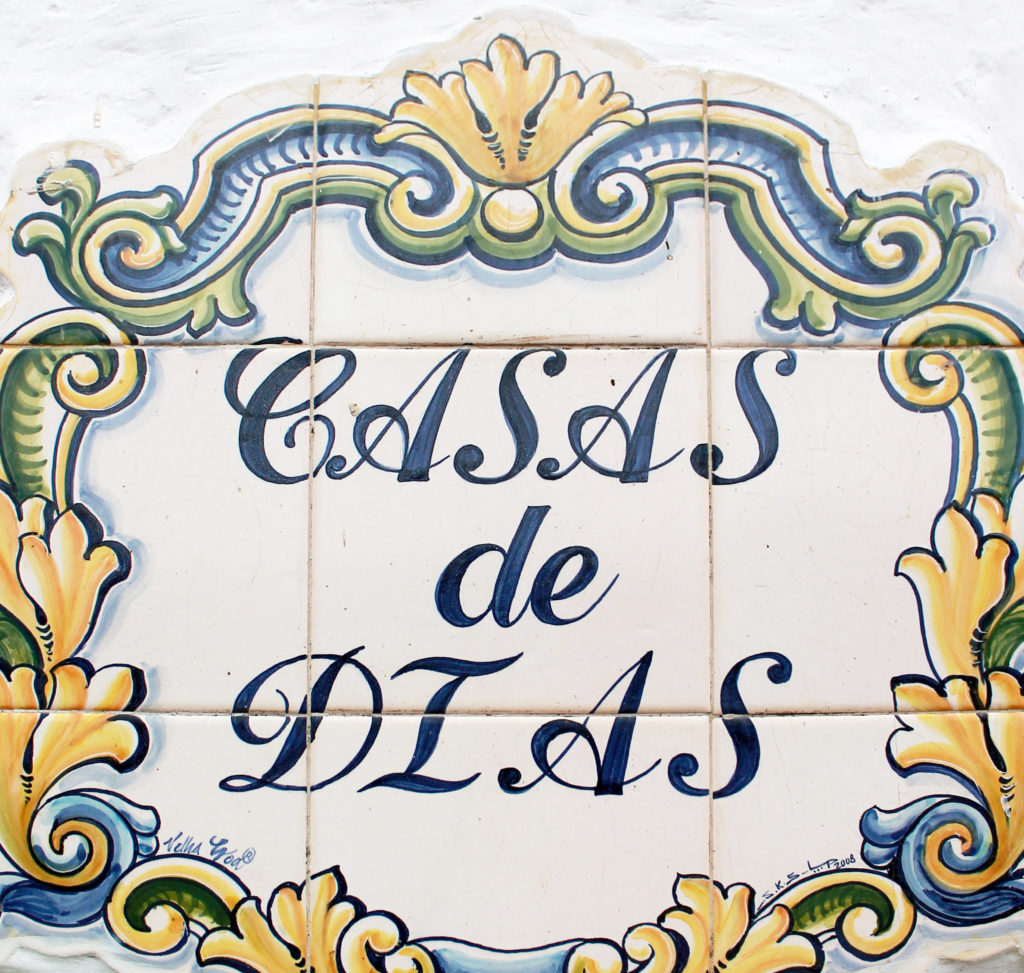
Even though the style of lettering and ornamentation on most shop signs is far removed from the decorative plaques outside homes, the colours blue, green, and yellow survive. Together they make up a colour palette that I feel suits Goa very well.
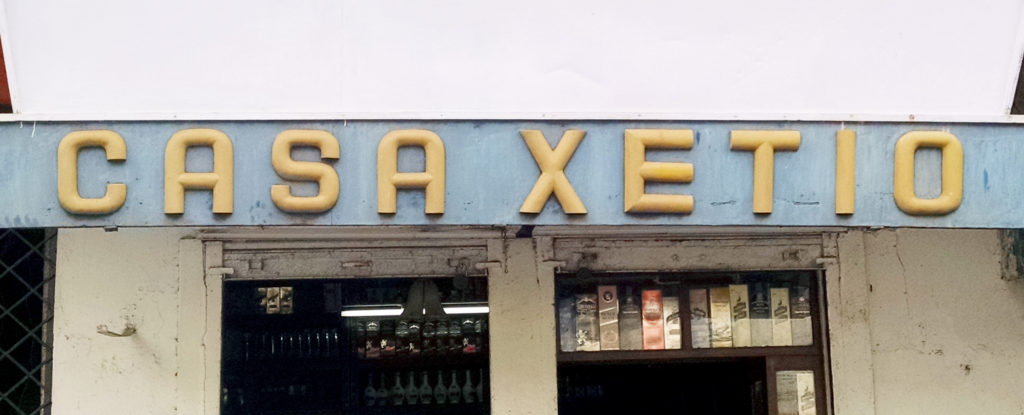
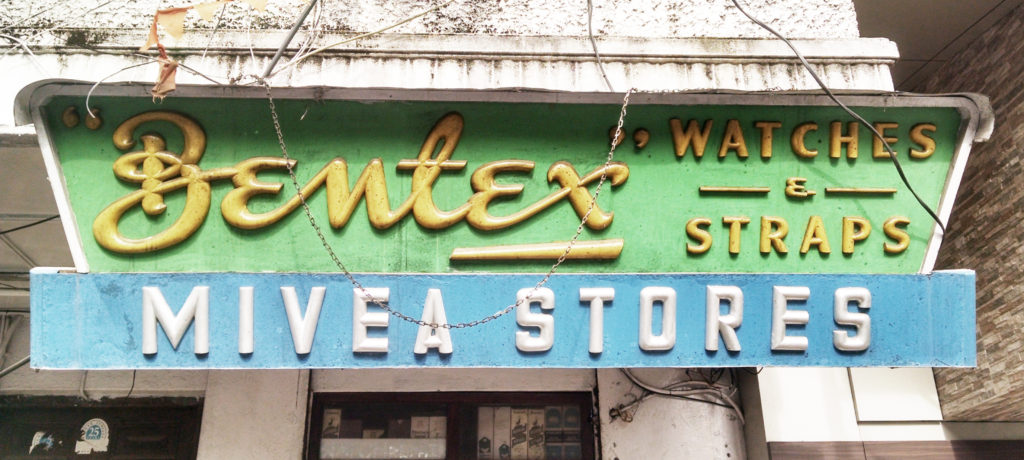
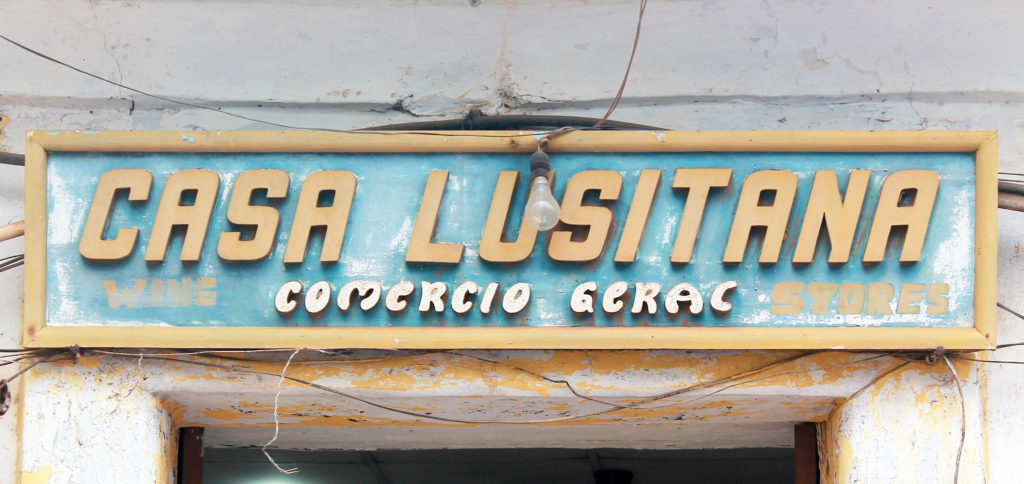
Perhaps the most remarkable thing about these signs in Goa is also the most obvious one: it is a small corner of India where it is entirely unsurprising find signs in Portuguese!
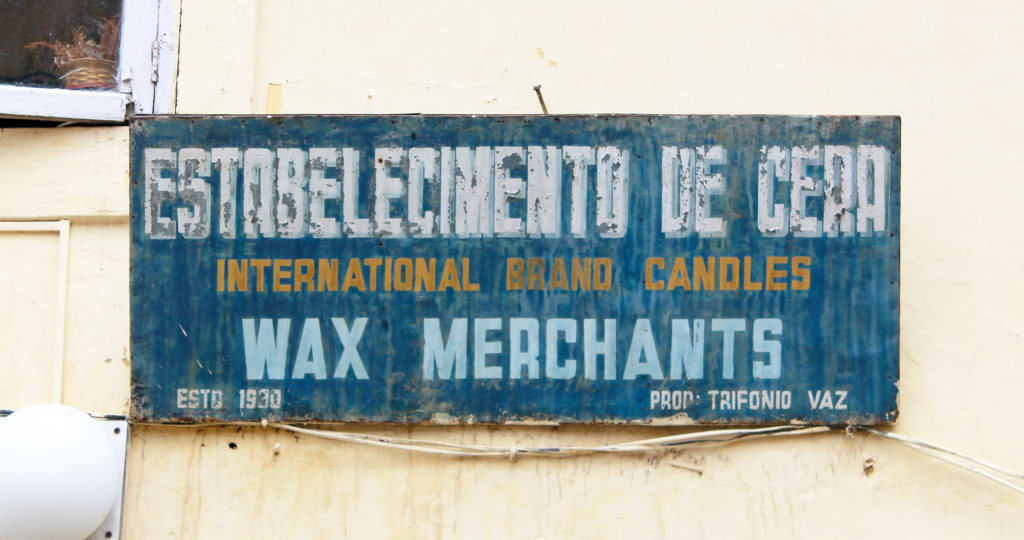
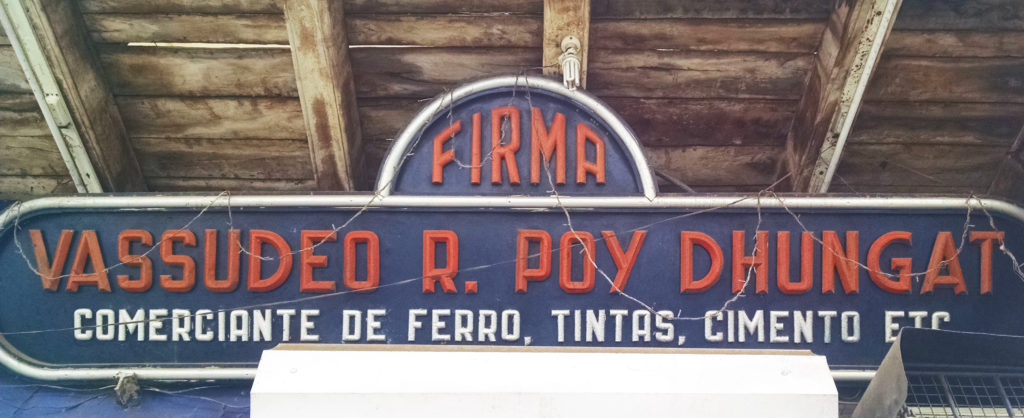
(Photographs depicting Casa Xetio, Mivea Stores and Firma Vassudeo R. Poy Dhungat are by Prateek Saxena, and the rest by the author. All images used in this post are available under the CC-by-SA-4.0 license)
This post is part of Greetings from, a series in which Alphabettes share typographic curiosities from around the world. Look out for a passport stamp in the photos to spot posts from the series, or read them all here.
